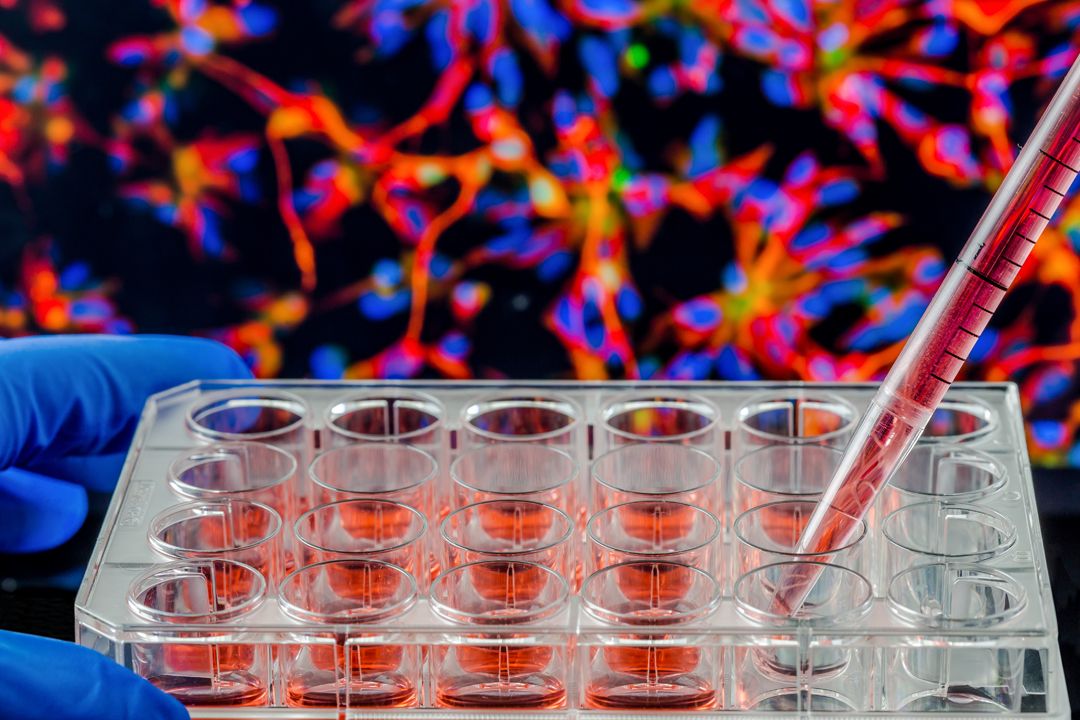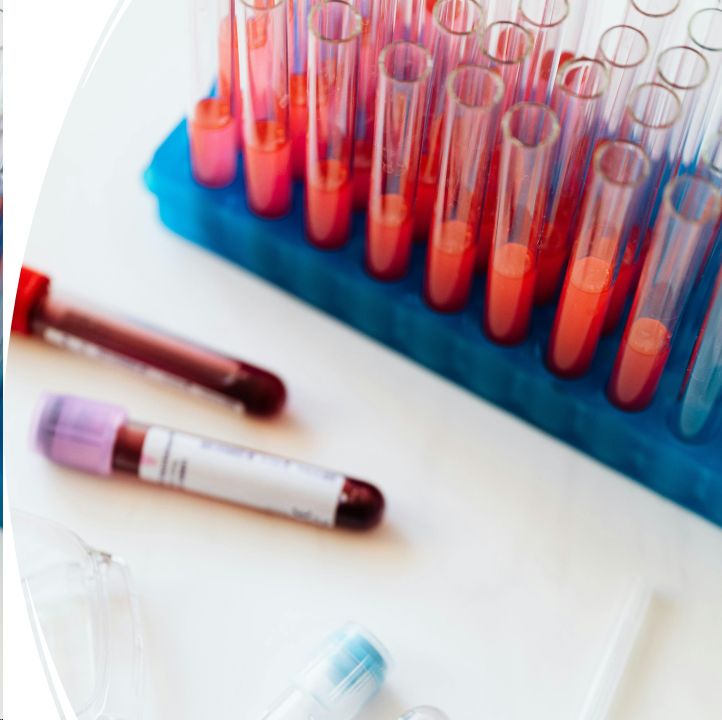
The entire process, from Discovery, to Preclinical and Clinical research hinges on data generation. Data will inform every next step up to Benefit/Risk and Cost/Benefit analyses. Choosing the right endpoints and the right assays and managing the inherent uncertainty in these steps is therefore another critical step. This entails:
Defining the strategy implies balancing the data needed, cost/throughput of the assay, quality status and validation needs, data handling and data analysis.

Once endpoints and assays are defined, the next question is which samples and tubes are required for those specific assays? Practical, logistical and cost considerations come into play. Whilst PBMC may be desirable, it may not be feasible. Early debate on the inevitable trade-offs will help downstream development.
Designing a biomarker strategy entails (i) deciding which samples to acquire and which tubes are most suitable, (ii) selecting which immunological parameters to measure and (iii) selecting the assays to achieve that with the appropriate quality features
VaxxCellence advises on:
